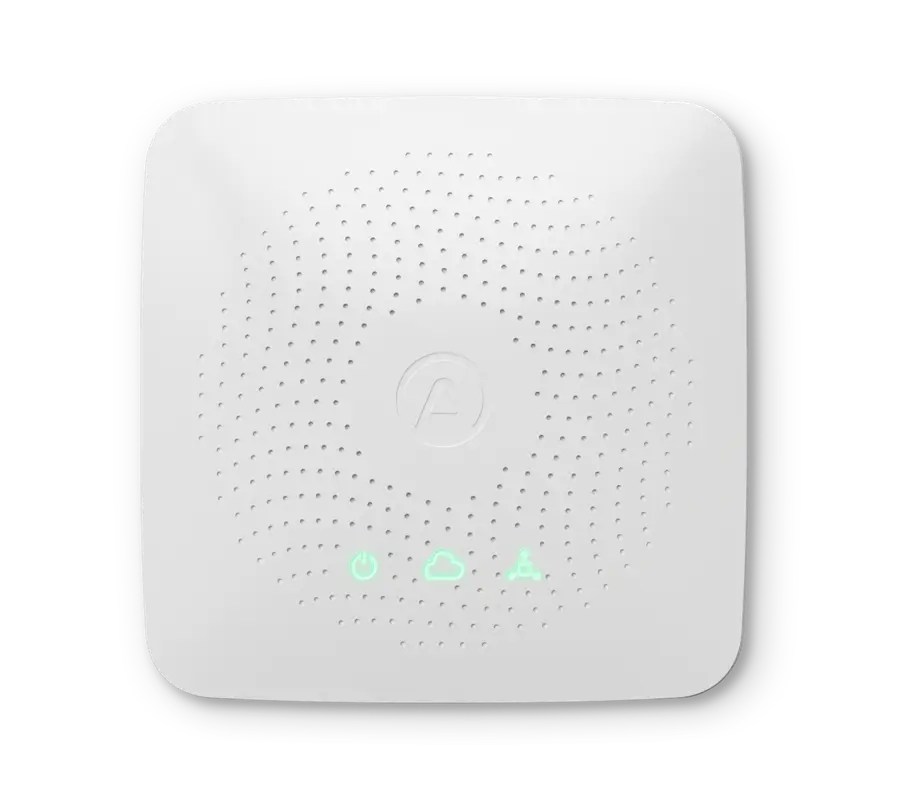November is Radon Awareness Month in Canada and Lung Cancer Awareness Month in the United States. In case you don’t know, radon is a naturally occurring radioactive gas that is the leading cause of lung cancer among non-smokers—killing around 58 people per day in the USA (21,000/year). Radon can rise to dangerous levels when it becomes trapped inside your home or other buildings, often collecting in lower floors.
Experts recommend testing for radon during the colder months because radon levels are historically found to be higher. There are many factors that affect radon levels including shifting climatic conditions, temperature, atmospheric pressure, precipitation and even construction or reconstruction. Nonetheless, as the days grow shorter and colder, there are a few reasons why there is usually more radon found. It is likely that the main cause for rising levels is that we are shutting our windows to block out the chill in the air.
However, there are also cracks in everyone’s home, no matter how much work you do to seal them. As warm air rises and escapes from the roof of your home, it also creates a suction to bring new air in to replace it. The cold air entering your home from below also brings in radon particles. This is completely normal, but it’s important to understand how much.
These reasons coupled with the fact that radon accumulates in enclosed areas and people are in their homes more often during winter, means the colder months are the best time to test.
All in all, there are a lot of variables to consider, and radon levels change substantially and often (which is, by the way, totally normal). Our daily habits to help us acclimatize (e.g. sealing your home in winter from the cold and in summer from the heat) are furthering these changes. The fluctuations are proof of why it is important to monitor radon daily and to have an ongoing log of your levels, rather than using a one-time test. Similar to how you wouldn’t test for carbon monoxide only one time, you should be testing for radon continuously. So, just because you get an okay from a one-time test, it doesn’t mean you are in the clear.

Radon variations from the Airthings Wave app, over one week
(note: measurements are in EU becquerels)
EPA involvement in radon awareness
This year the United States Environmental Protection Agency (EPA) is pushing for more awareness surrounding radon—specifically in areas that are known for having high levels of radon. The state of Vermont, for example, received $105,000 as an EPA grant to help protect Vermont residents from radon. The state will match the federal reward with 40% state funding.
A non-profit in Lewiston, Maine also received a $25,000 grant from the EPA. The name of the program, “Expanding Innovative Healthy Homes Education for Immigrants and Refugees in Lewiston-Auburn,” explains best where the money from the grant will go.
Here at Airthings, we are excited to see that radon testing and awareness is being taken more seriously. As a reminder, the EPA recommends all buildings be tested for radon including homes, workplaces, and schools—pretty much anywhere where people spend a significant amount of time indoors.
Still confused about radon? Let us simplify it a bit. The thing about radon is that one day in a “danger” zone will not hurt you. But weeks? A year? That could be the difference between life and death—and getting lung cancer. And remember, exposure to radon is preventable: install a continuous radon detector, monitor your levels and take the necessary steps to mitigate when needed.

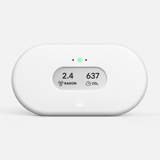

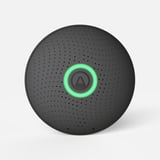

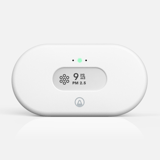
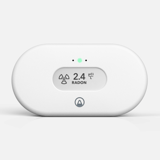

%20(1)%20(1)%20(1).webp?width=160&height=160&name=corentium_home_us_-_hero_image_-_front%20(1)%20(1)%20(1)%20(1).webp)
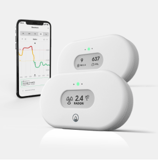

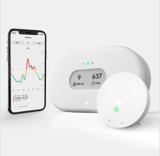

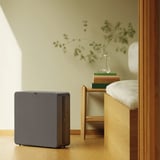
 Back to top
Back to top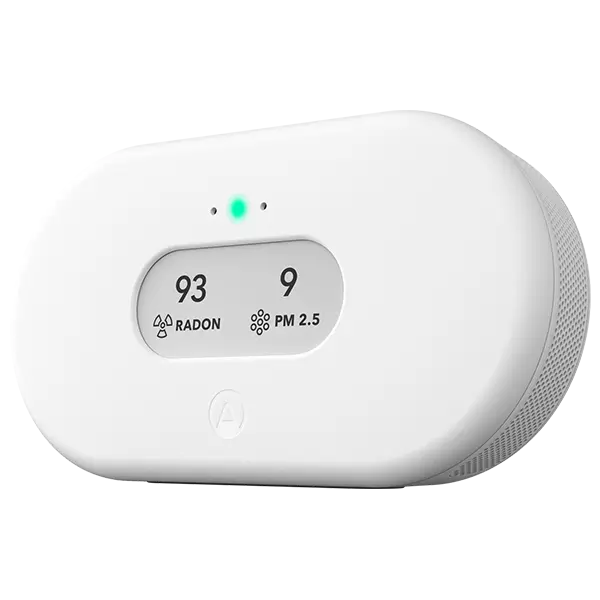
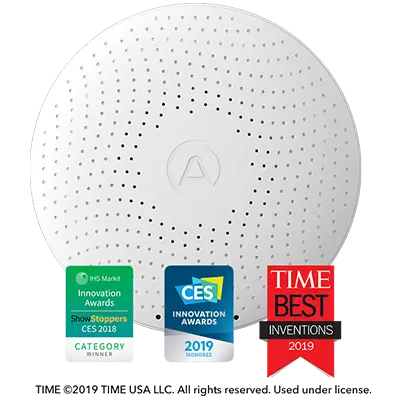
%20(1).webp)

%20(1).webp)
